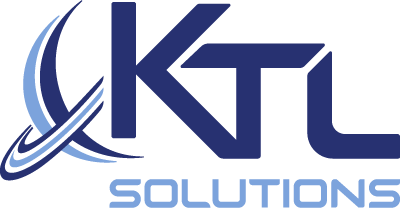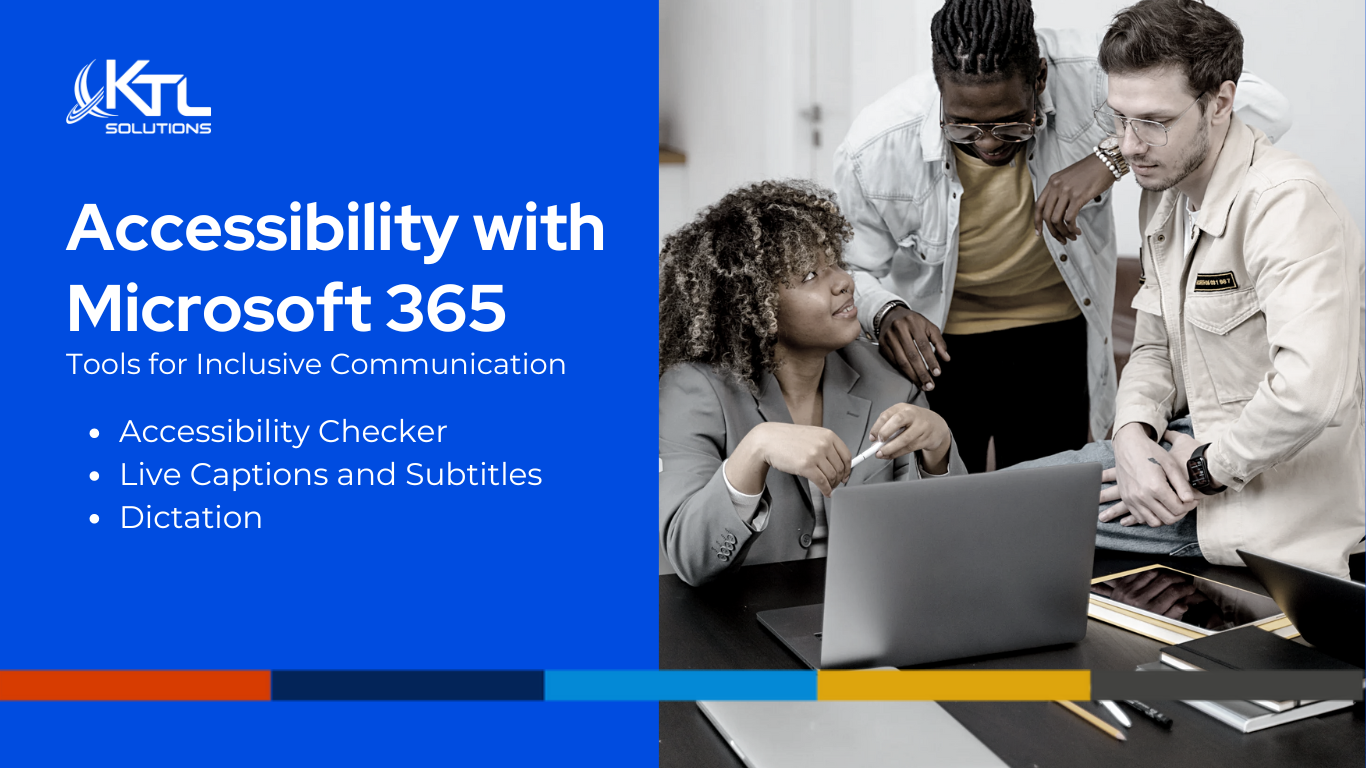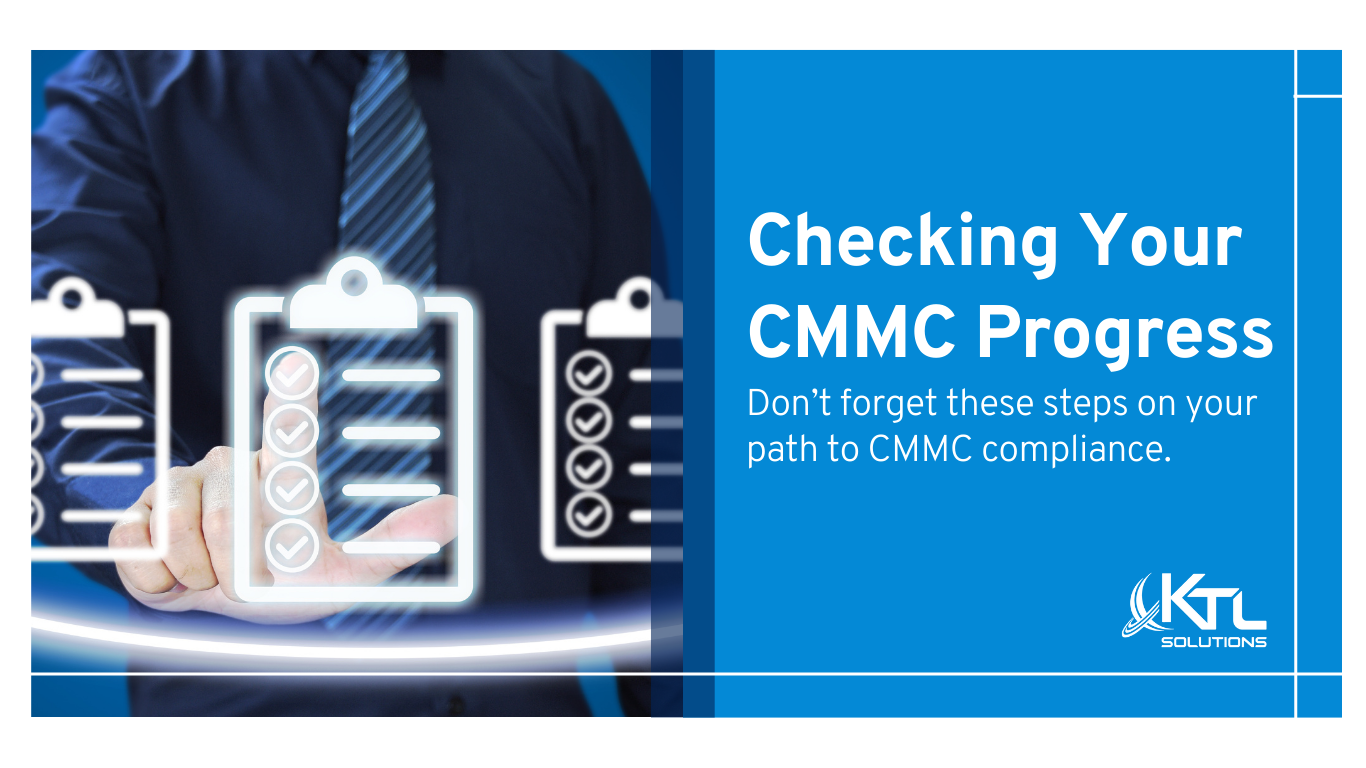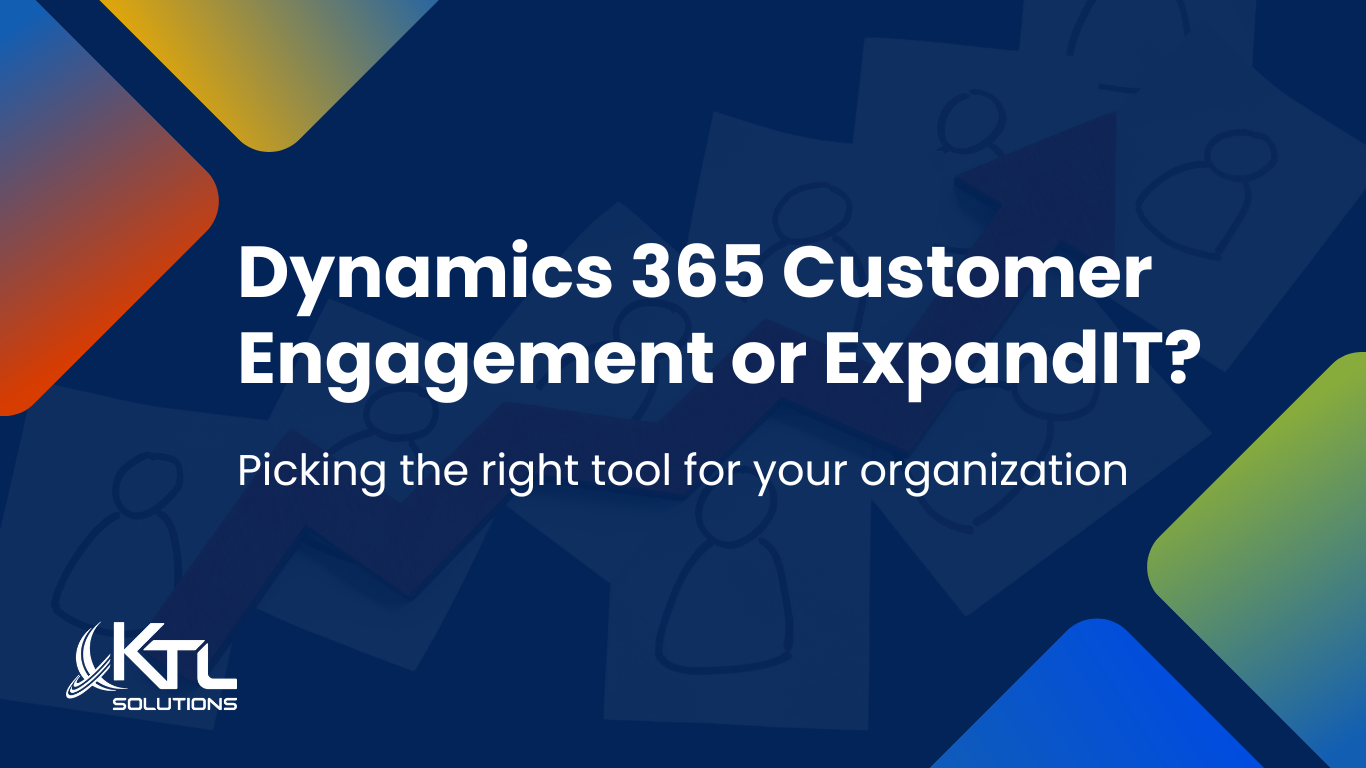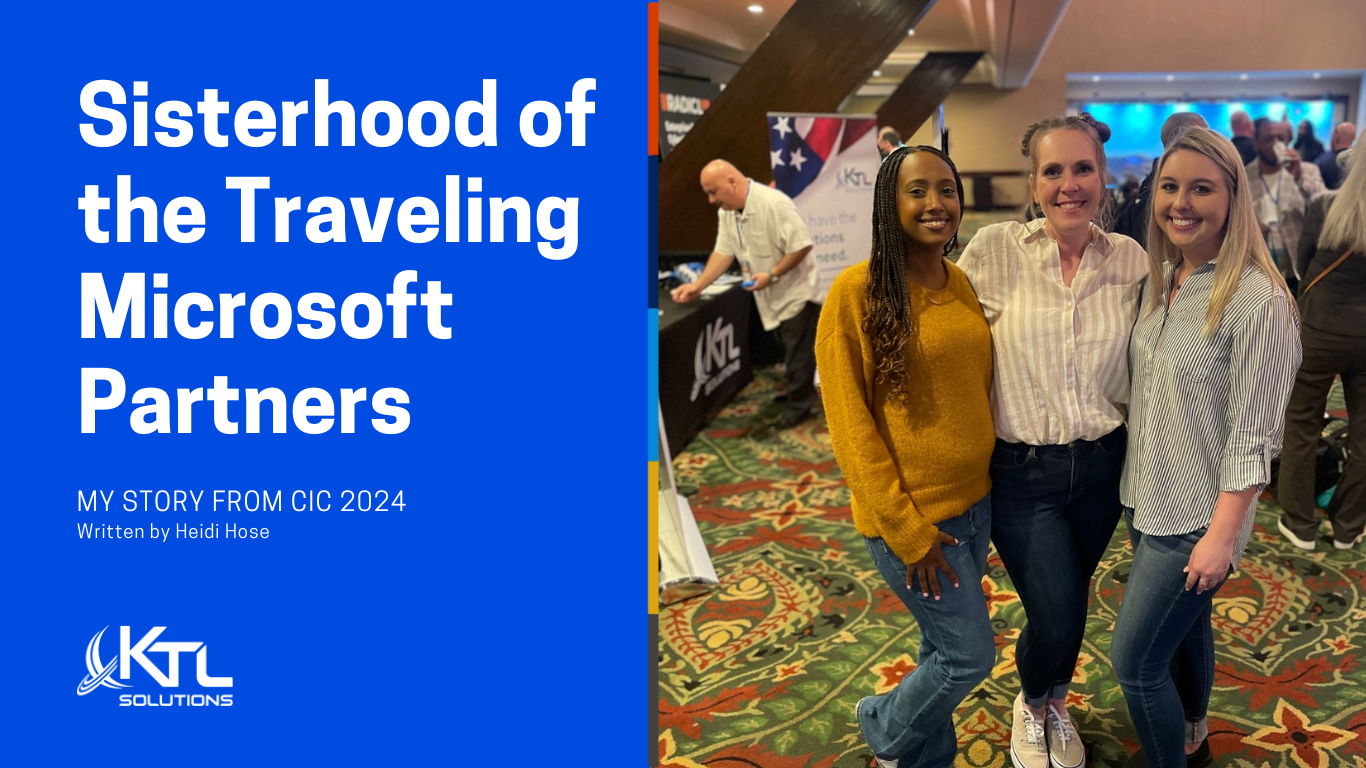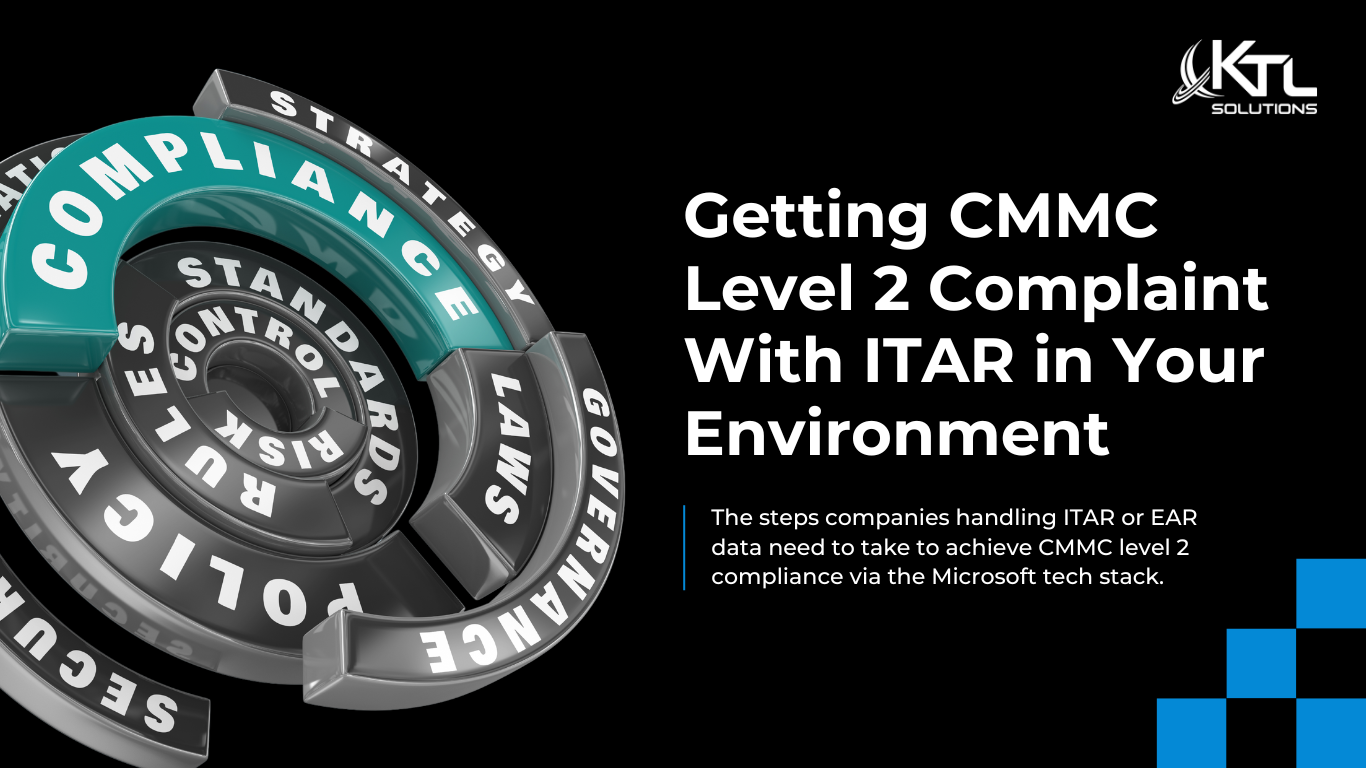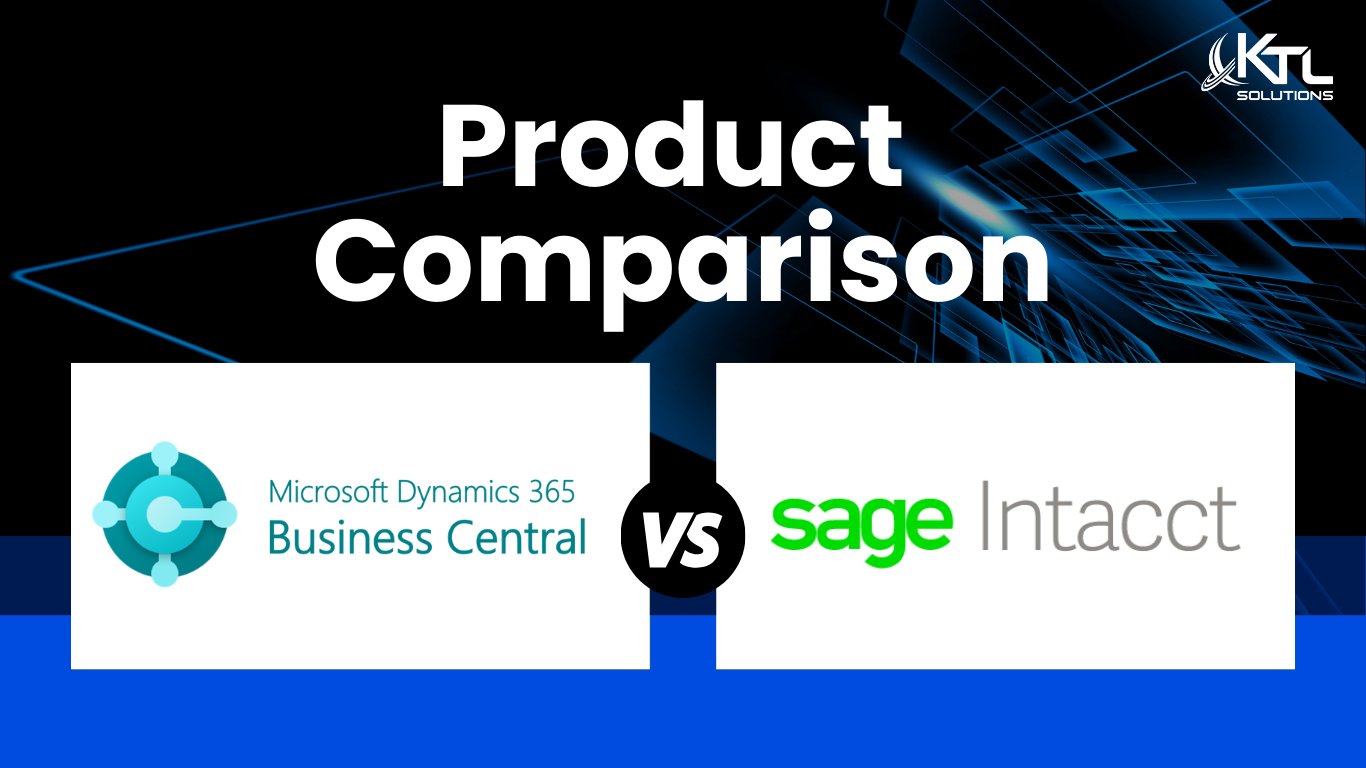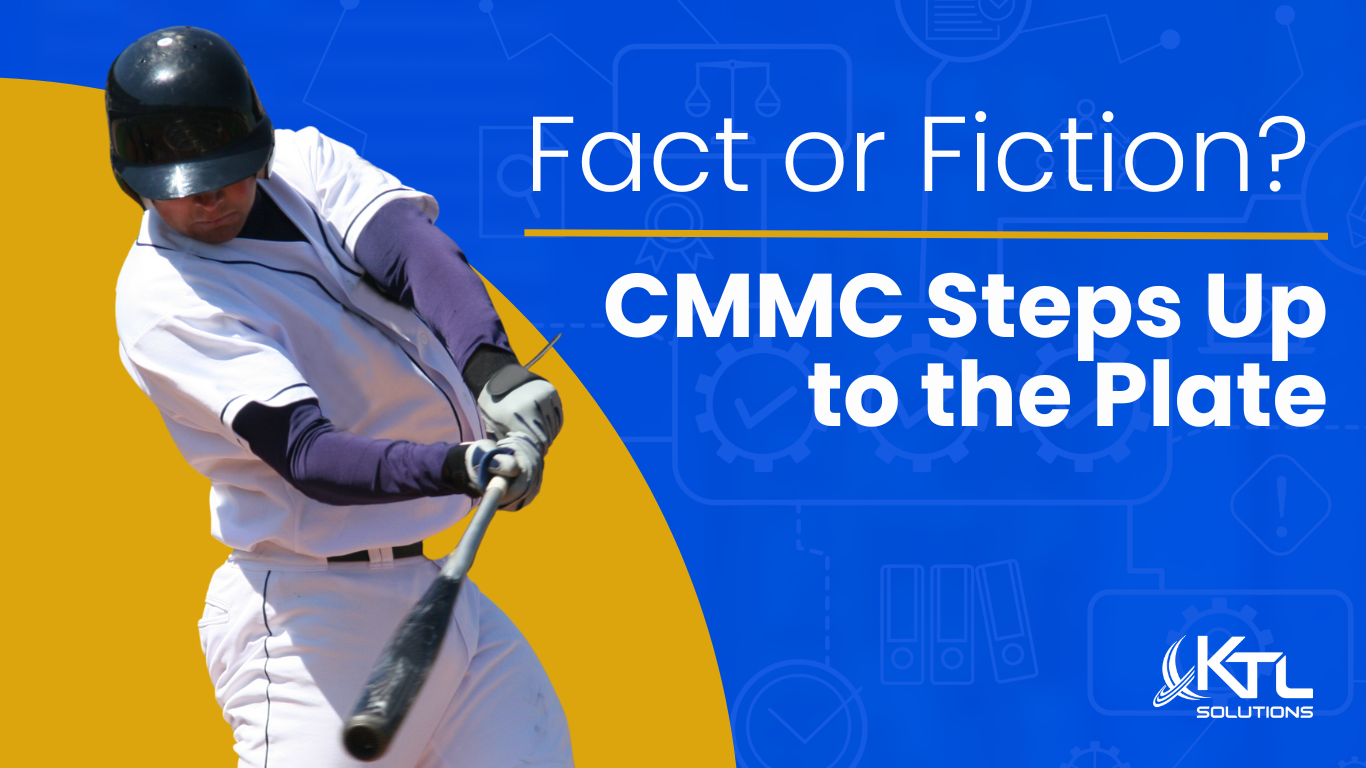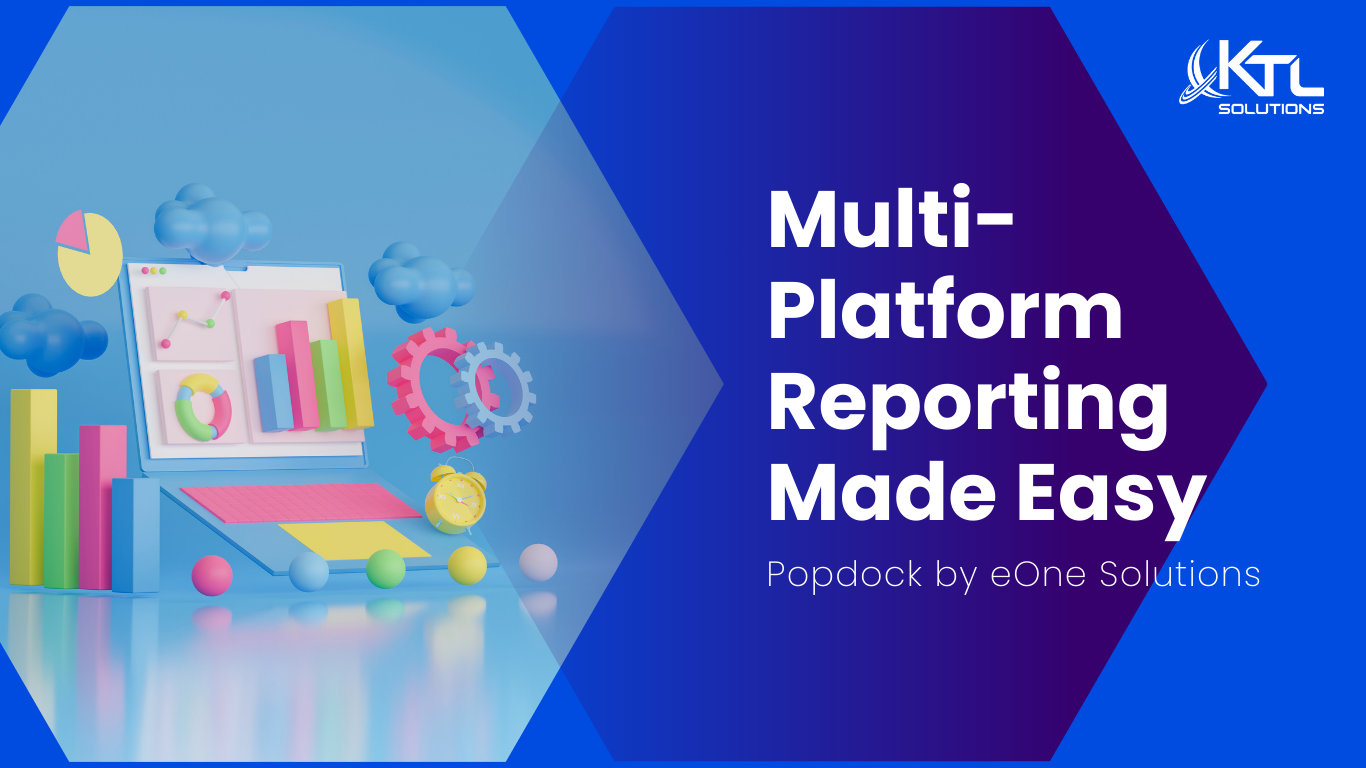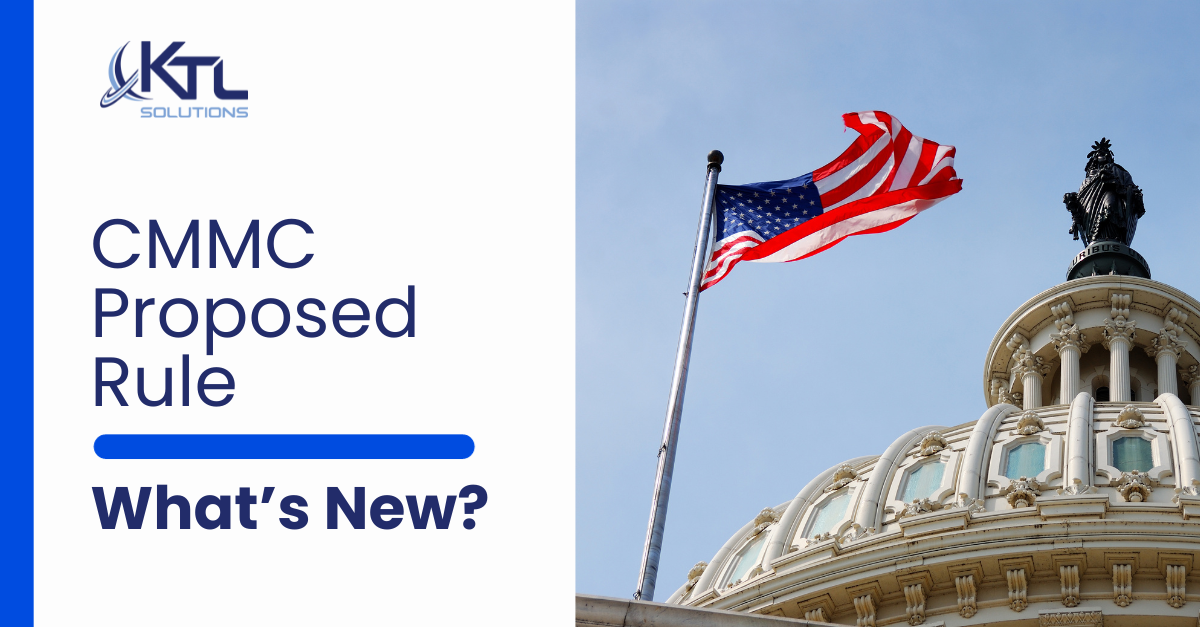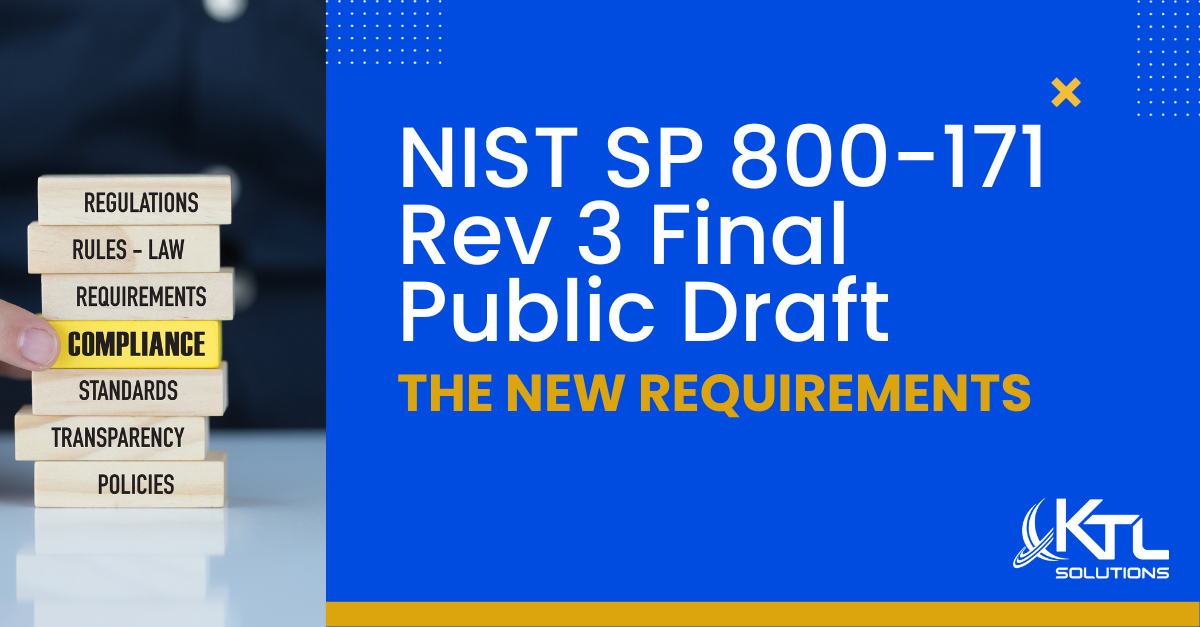What is Safe Pay?
Safe Pay or Positive Pay is a program provided by the bank for the purposes of theft / fraud protection. The Company setting up Safe Pay will provide a file to the bank. This file should include the Company’s Bank Account Number – Check Number – Issue Date – Amount. When a check is presented to the Bank for payment it is compared to this list. If the fields do not match exactly the check will not be paid and the company / user will receive an exception notification. At that point the company / user would instruct the bank to either pay the check or return the check.
The Safe Pay file may include Accounts Payable checks / Payroll Checks and EFT Transactions. Direct Deposit Payroll transactions are not included in the Safe Pay file. These transactions are submitted via ACH and not subject to the bank’s check clearing procedures.
Initial Steps before Configuring SafePay
Sample file from Bank – Contact your Bank and have a sample file layout from them prior to starting the configuration of Safe Pay. This will help insure the configuration / setup is correct.
Have a Plan to Test the File with Bank – Having a Plan to Test the first file generated from your system will ensure that it is acceptable by the Bank before you begin generating the file in your production environment. Once your file is created and uploaded to the Bank – the file can’t be recreated. Prior to sending – the file may be edited in Notepad – but this is not the optimal solution. It is better to have the file automatically generated correctly by the system.
Once you have the 2 steps listed above in place – it is time to Setup Safe Pay.
Setup Safe Pay / Configure Safe Pay
Go to Financial >> Routines >> Safe Pay >> Configurator
This will open the Safe Pay Configurator Window.
Step 1--Name the Format
Setup a Bank Format and Description – These are required Fields. Example Bank Format could be the Bank Name / Description could be Bank Name and File Type – as seen in the example below.
Click Save before proceeding to Step 2.
Step 2 – Create Output Record Lines – This is where you will create only the lines that are necessary and will appear on the output file for transmission to the bank. The Detail Record Line is always a required line by the Bank.
OutPut Type – Select from the Drop Down List. Refer to the bank documentation for requirements.
- Fixed Field
- Comma Delimited
- Tab Delimited
Record Type – Select from the Drop Down List. All banks require the Detail – Account Line. Header / Footer Information may be optional. Refer to the bank documentation for requirements.
- Header – transmission
- Header – Account
- Detail – Account
- Footer – Account
- Footer – Transmission
Line Name – Used as a Description Only – Must be Unique – not included in the file that is transmitted to the bank.
# of Fields – Indicates the number of fields to be defined. Using the Delimited file from above – we will configure 5 fields.
# of Characters – Only if using the Fixed Length Output Type
Click Save
Enter additional line names as required by your bank.
Step 3 – Edit Record Fields – This is where you will add Field Names and Define the Output fields
Highlight a field setup in Step 2 – this will populate the Edit Record Fields box.
Double Click on a line in Step 3 – this will Open the Output Fields Window where the criteria for this field will be defined. This window will auto-populate with the Field Number – this cannot be changed.
Field Name – This is a required field and must be unique.
Standard Fields – Select a standard field from the drop down list that matches the field from the bank documentation for that line. Using our example from above – Field 1 is Account Number – select Account Number from the drop down list.
Field Type – From the bank documentation – Select the Field Type for that field. In our example the bank documentation specifies Numeric.
Field Format – Used to Further Define some Field Types.
Number of characters – Used Only if using Fixed File Format
Click Save when Done
Enter the OutPut Field Information for each Field listed in Step 3.
Step 4 – Transaction Codes
Click on Codes Entry in the Menu Bar of the Safe Pay Configurator Window
This will open the Transaction Type Entry Window.
Codes need to be setup for each transaction type that will be included in the output file. Currently the output file only includes Checks & Voids. These codes should be listed in the bank documentation you received.
Output Format – auto-populates from the previous screen.
Transaction Type – Identifies the type of transaction.
- Check
- Void
- EFT
Matching Code – Enter the code from your bank documentation
Click Save – this will return you to the Safe Pay Configurator Window
Click Save.
You have now setup Safe Pay. In the next installment we will go over generating the Safe Pay File and Transmitting that file to the Bank.
Have questions or want to learn more about this process? Contact Tricia at 301.360.0001 or email at sales@ktlsolutions.com
TRICIA CHASE | Senior Business Software Consultant
As a Senior Business Consultant, Tricia has performed various roles for customers including conducting design sessions, integrating data, training GP and 3rd Party modules, troubleshooting data issues, and acting as interim controller. Tricia has over 20 years of experience as an accountant and over 15 years of experience with Microsoft Dynamics GP usually working with the Accounting / Finance Teams or the HR / Payroll Teams. Prior to KTL, Tricia worked for various partners and as an Independent Consultant. She has worked with various industries including: Construction, Trucking, Health Care, and State Government. Tricia holds a B.S. in Accounting from St. Mary of the Plains College in Dodge City, Kansas.
